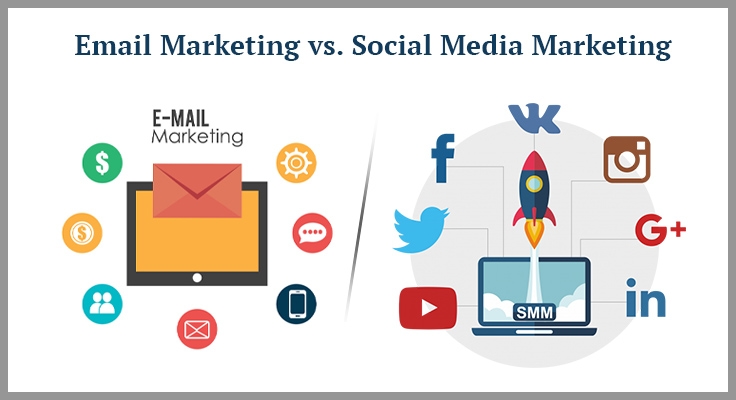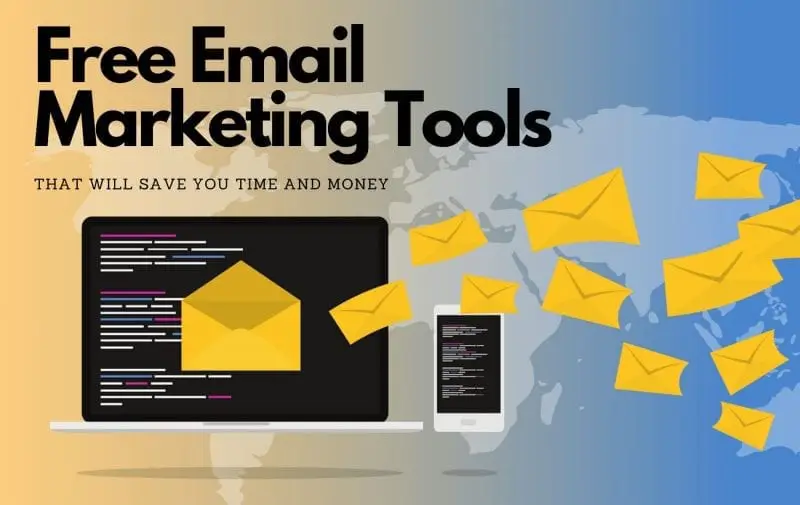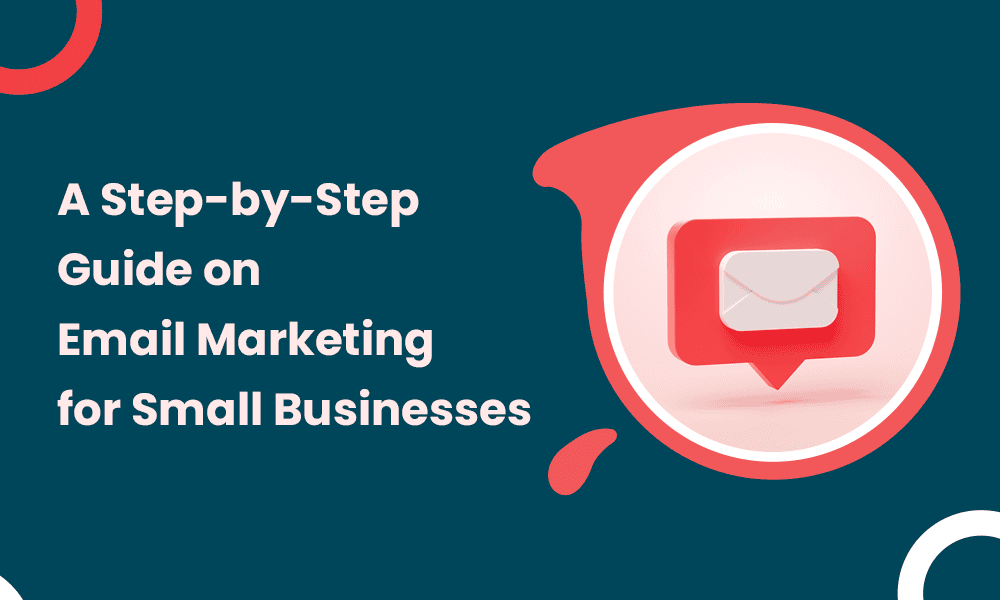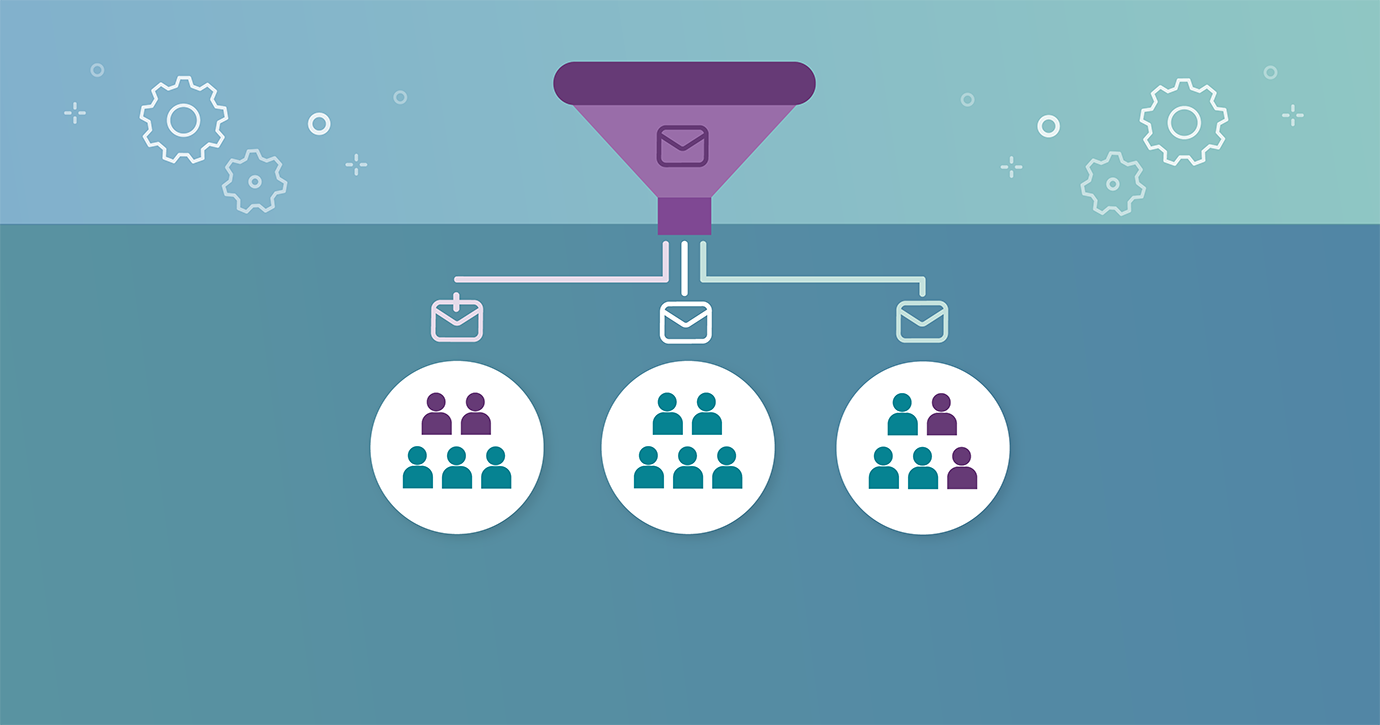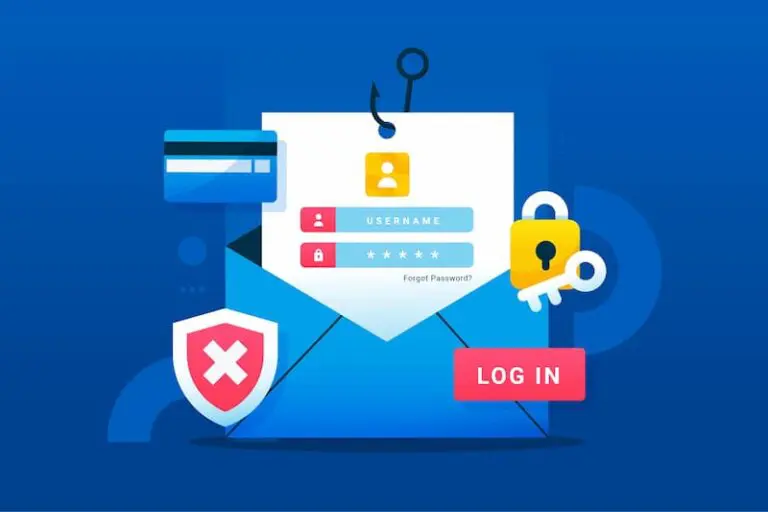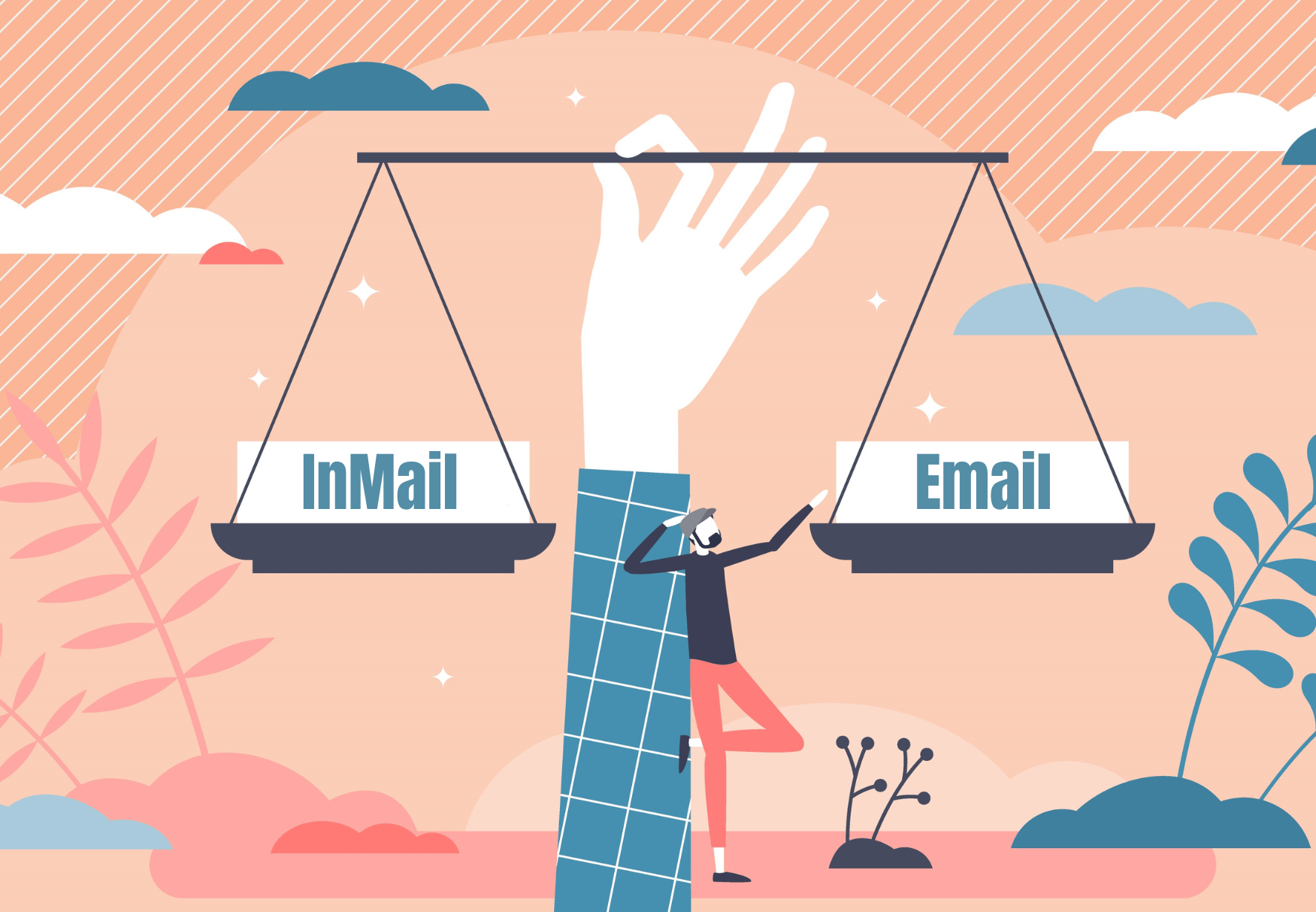Getting new clients is a constant challenge for freelancers. You’ll often hear advice about polishing your LinkedIn profile, improving your portfolio, or even leveraging social media platforms like Facebook or Instagram. But there’s another powerful, budget-friendly strategy many freelancers overlook: email marketing.
With the right email marketing approach, you can capture potential clients, build relationships, and position yourself as an expert—making it easier for them to say yes when they’re ready to hire.
This guide explores how email marketing can help freelancers land more clients, along with practical steps to get started.
Why Freelancers Should Consider Email Marketing
1. Build Credibility and Command Better Rates
Email marketing helps you appear professional and trustworthy—two traits potential clients look for. Consistently sharing valuable insights through email positions you as an authority in your field, allowing you to raise your rates and stand out from other freelancers.
2. Promote Additional Services or Products
As your list grows, email can also become a platform to introduce new offerings—such as online courses, digital products, or consultancy services. Freelancers like Leah Kalamakis successfully transitioned from service providers to educators by launching digital products for fellow freelancers.
3. Nurture Future Clients
Not every subscriber is ready to hire immediately, but a well-nurtured lead is more likely to convert later. Sharing valuable content—like tips, case studies, and success stories—keeps you top-of-mind until they’re ready to work with someone.
How to Build an Effective Email Marketing Strategy
1. Set Clear Goals
Start by identifying what you want to achieve with email. Define monthly subscriber targets, conversion goals, and how many discovery calls you aim to book. These targets will help guide your email campaigns and measure success later.
2. Define Your Ideal Client
Be specific about who you want to attract. Are you a copywriter for SaaS startups? A designer for e-commerce brands? Build a client persona with details like demographics, behavior, goals, and common pain points. This will shape your messaging and help you attract high-quality leads.
For example, Jane Portman of UI Breakfast tailors her content for SaaS founders, helping her attract the right clients through a focused email list.
3. Use a Custom Professional Email Address
Present yourself professionally by using a custom domain email (e.g., hello@yourdomain.com). It builds trust and aligns with your brand. Danielle Leslie, for example, uses a personalized sender name and domain email to stay memorable and credible.
4. Choose a Reliable Email Marketing Platform
Select an email service provider that fits your needs. Tools like MailerLite offer user-friendly editors, automation features, signup forms, and A/B testing. This gives you full control over your campaigns and list-building tools.
5. Grow Your Email List with Valuable Lead Magnets
Create a lead magnet that addresses a specific problem your ideal client is facing—such as a free guide, quiz, or training. Lianna Patch offers fun copywriting tips, while Kayla Hollatz uses a quiz to reveal prospects’ brand voice styles. These targeted offers attract subscribers who are more likely to convert.
6. Personalize Your Content
Personalization goes beyond just using a subscriber’s name. Tailor your content to their needs and interests using dynamic content blocks or personalized send times. MailerLite supports features like these to help increase engagement and trust.
7. Set Up Automated Sequences
Automation allows you to stay in touch with subscribers consistently without manual effort. Start with a welcome series that introduces your services and showcases testimonials. Then, build additional sequences for promotions, case studies, or product launches—whatever aligns with your goals.
For example, Dre Beltrami and Andy Hubbert of The Solopreneur Society guide subscribers through branding strategies via an automated email sequence, offering value that gradually builds trust.
8. Monitor and Improve Your Performance
Analyze email performance regularly. Look at open rates, click-throughs, and conversions. Test subject lines, CTAs, and send times to see what resonates. Use the data to refine your strategy and improve future campaigns.
Final Thoughts
Email marketing gives freelancers a direct, personal way to build relationships and convert leads into clients. Whether you’re just starting or looking to grow, email can become one of your most powerful tools—especially when combined with smart strategy and automation.
With the right foundation, your email list becomes more than just a contact sheet—it becomes a source of consistent business growth.
